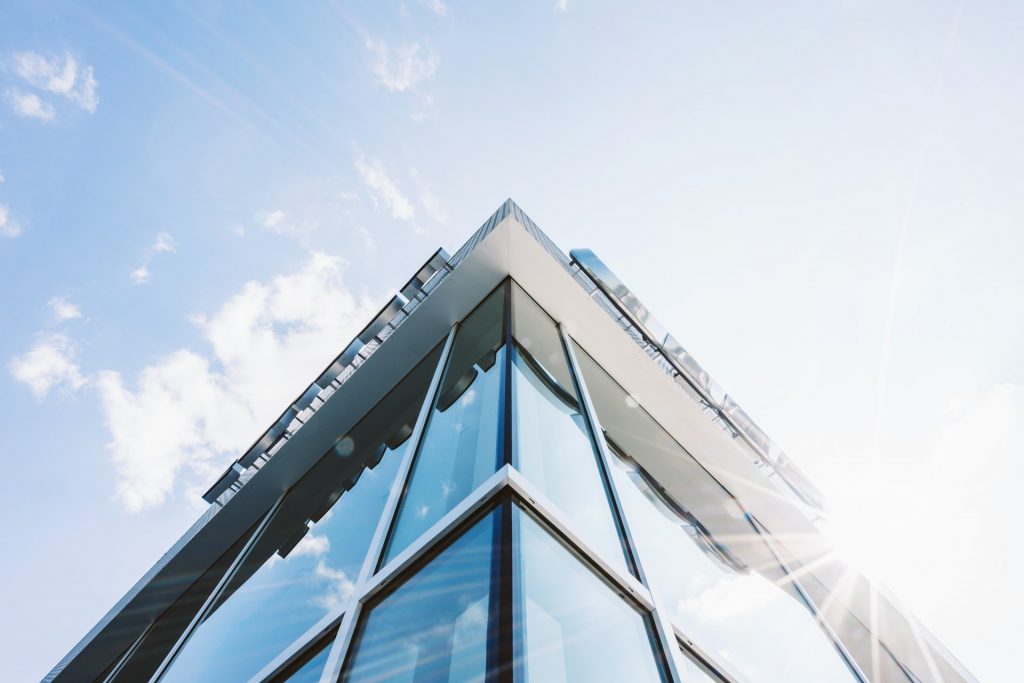Sinead Campbell of London Flats Insurance provides some useful information regarding cladding.

Cladding has been a huge topic of conversation throughout 2021 and for very good reason. The post-Grenfell discovery that at least 462 high-rise blocks of flats in England were cladded in the same dangerous materials that were wrapped around the tower has rocked the property management industry and left thousands of leaseholders feeling endangered- both physically and financially.
2022 will see a continuation of the topic; both as funding makes its way to those who need it and shortfalls become clear, and as the fight for support continues for those living in blocks of 18 meters or below or in buildings that use a different cladding material to Grenfell.
What Happened at Grenfell Tower?
The Grenfell tragedy occurred on the 14th June 2017.
In the early hours of the morning, a fire broke out in flat sixteen on the fourth floor of the twenty-four-storey building in North Kensington. The resident of flat sixteen did all the right things. He called the fire brigade, turned off his electricity and closed his doors to help protect his neighbours.
The concrete construction of the building meant that this should have been sufficient to contain the fire as the apartments were ‘compartmented’ but, because of the flammable cladding that had been added to the building during a refurbishment, the fire was allowed to spread uncontrollably around the outside of the tower.
Within thirty minutes of the fire escaping flat sixteen via the external cladding, the entire building was engulfed. Over 250 firefighters fought to rescue residents and to put out the flames. Despite their heroic efforts, the fire claimed 72 lives in total including many young children, a baby and an unborn child.
The shockwave this event spread across the country was palpable, and the investigation that followed rocked the property management industry and demanded Government intervention to ensure nothing like this could ever happen again.
Issues Facing Leaseholders
Leaseholders of flats within dangerously cladded buildings are facing huge issues. Not only is their safety at risk due to the huge hazard posed by the materials on the exterior of their buildings, but their investments in their property are threatened and their monthly costs are soaring.
Put simply, no one wants to buy a flat in a building they know to be dangerous due to the materials used to clad it and mortgage providers are also largely unwilling to provide mortgages for flats in cladded buildings. Leaseholders can’t sell their flats until the issues are resolved.
The cost of removing cladding can be astronomical. The costs are often absorbed by the owners of the whole building (the freeholder) but, in practice, the cost is actually passed on to the owners of individual flats (the leaseholders).
Other costs that appear to be landing squarely with leaseholders are remediation works to improve fire safety and a notable increase in insurance premiums.
What Funding is Currently Available for Cladding Removal?
An article from ARMA, written in June 21, provides a clear summary of the current funding situation:
- On 11th March 2020 the Government announced a £1bn fund for the removal of dangerous cladding of all types from private buildings. In the same month it became clear that many buildings below 18 metres were being denied mortgages unless they could produce an EWS1 form.
- On 18th July 2020 the Government published its draft version of the Building Safety Bill, which signalled a complete overhaul of the building safety regime. However, the inclusion of a ‘building safety charge’ suggested leaseholders could be forced to cover the cost of building defects.
- Following the announcement of the £30million Waking Watch Relief Fund in December 2020 to help end the scandal of excessive waking watch costs, the government announced an additional £3.5bn top up to the Building Safety Fund in February 2021.
The current cladding remediation fund therefore stands at £5.1bn, but many leading bodies, (including ARMA and IRPM) believe this is not nearly enough.
Who is Left Out of the Scheme?
Dangerously cladded buildings that stand at less than 18 meters will not benefit from the funding in the same way as their taller counterparts and are not counted among the 462 affected buildings the Government has identified.
Instead, they will be offered a long-term loan, meaning leaseholders could still be lumped with bills of up to £50 per month for necessary remediation work.
Also, the funds do not extend to covering the cost of additional fire safety features now insisted upon by the new building safety regime and there is also no discussion so far about blocks of any size or cladding-type in Wales.
Leaseholders in smaller blocks in England could therefore be facing a monthly fee for their remediation loan, increasing insurance premiums and the cost of fire safety improvement- all through absolutely no fault of their own and while their flats remain largely unsellable. Not to mention the fact that their blocks continue to pose a risk to their safety.
What Has Been Achieved So Far?
Dangerous cladding has been removed from 200 of the 462 blocks identified in the Government’s initial investigation and remedial work has started on most of the remainder- but remember, this only accounts for blocks over 18 meters in height and that were cladded in the same dangerous materials as Grenfell Tower.
While the Government doesn’t supply statistics on the remaining buildings, ARMA estimates that around half a million people are currently living in a building with some form of unsafe cladding.
London Flats Insurance provides an array of products for your block. Whether you are looking for:
- Flats Insurance
- Directors and Officers Liability Insurance
- Terrorism Insurance
- Lift Inspection and Insurance
- Out of Hours Emergency Assistance
- Roads and Private Estates Insurance
Call our team at London Flats Insurance on020 7993 3034 or visitwww.londonflatsinsurance.co.uk.
